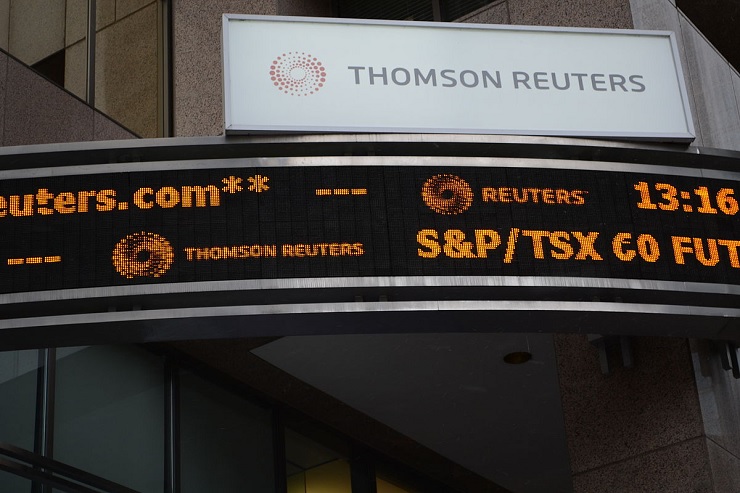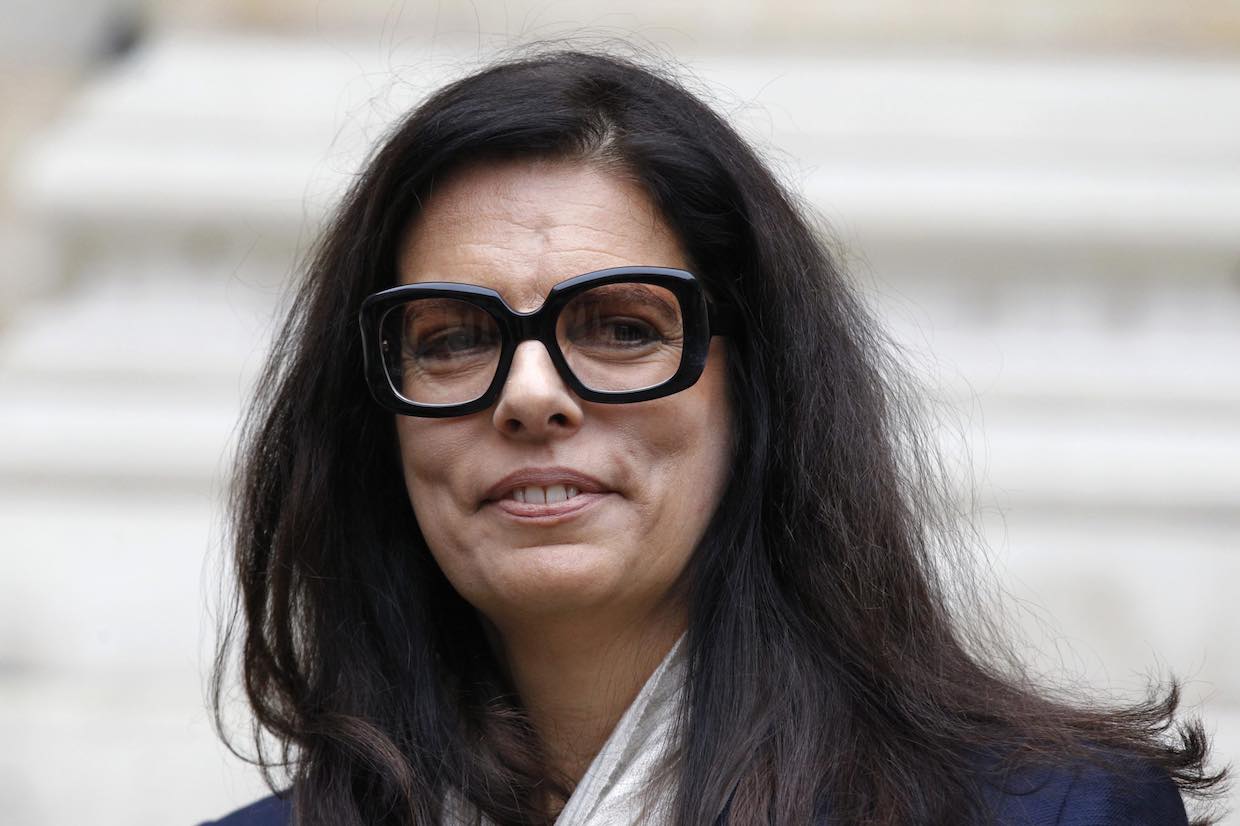There seems to be considerable uncertainty surrounding Thursday’s potential rate cut decision. As investors wait for the decision and how the reaction might impact the stock market, many retail traders are wondering whether they should be rooting for a 25 bps cut versus a 50 bps cut. Nearly 84% of analysts surveyed by CNBC revealed that they are expecting only a 25 bps cut. Barry Knapp from Ironsides Macroeconomics says, “We suspect the FOMC will either under-promise or under-deliver, perhaps both.”
According to the CME Fed Watch Tool, the market is currently pricing in a 66% chance of a 50 bps cut and a 34% chance of a 25 bps cut. However, there are some fears among analysts that Jerome Powell and company aren’t ready to commit to a string of cuts. A “one and done” scenario would almost certainly be seen as a hawkish stance by the markets.
Let’s take a deep dive into the difference between a dovish and hawkish cut and go over everything that investors need to look for ahead of the long-awaited U.S. FOMC meeting on September 18th.
What Is The Difference Between Dovish vs Hawkish Rate Cuts?
A dovish rate cut and a hawkish rate cut differ primarily in their underlying motivations and the central bank’s forward guidance:
Dovish Rate Cut:
- Indicates a more accommodative monetary policy stance
- Suggests the central bank is prioritizing economic growth and employment
- Often accompanied by communication hinting at further cuts or extended periods of low rates
- Generally viewed positively by markets, as it implies continued support for the economy
Hawkish Rate Cut:
- Implemented with a more cautious or restrictive tone
- May be presented as a preventative measure against potential economic risks
- Often accompanied by communication suggesting this could be a limited or isolated action
- May be viewed with some skepticism by markets, as it implies less ongoing support
Hypothetical Price Changes After Rate Cut
| Timeframe | S&P 500 | NASDAQ 100 |
|---|---|---|
| 1 Day | 0.5% | 0.7% |
| 1 Week | 1.2% | 1.8% |
| 1 Month | 2.8% | 3.5% |
| 1 Year | 8.5% | 12.0% |
Cumulative Returns
| Timeframe | S&P 500 | NASDAQ 100 |
|---|---|---|
| 1 Day | 0.50% | 0.70% |
| 1 Week | 1.71% | 2.52% |
| 1 Month | 4.55% | 6.10% |
| 1 Year | 13.44% | 18.84% |
Market Expectations and Jerome Powell’s Stance
The market will be looking for signs that Jerome Powell is dovish, regardless of the specific interest rate cut. For the cut to be perceived as dovish, Powell will likely need to:
- Plant the seed for multiple future rate cuts
- Indicate the possibility of increasing the size of rate cuts to 50 basis points in future meetings
These signals would suggest a more accommodative monetary policy stance, potentially leading to a more positive market reaction.
On the other hand, a “one and done” approach would align more with a hawkish rate cut, as it implies the central bank may not see a need for sustained easing. This could be due to:
- Confidence in the economy’s resilience
- Concerns about potential inflationary pressures
- A desire to maintain policy flexibility for future challenges





